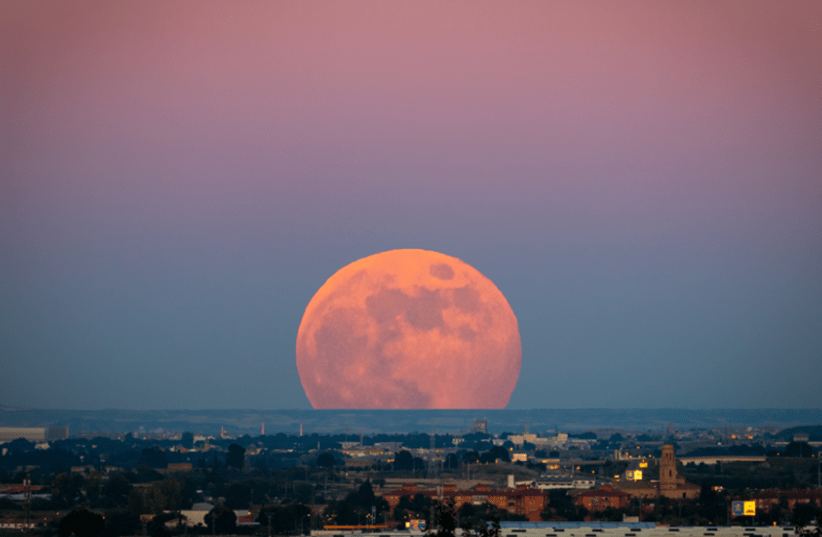A notable celestial event is on the horizon as the “Beaver Moon” prepares to illuminate the night sky this November. This full moon is set to be the final supermoon of the year, offering a striking visual treat for skywatchers. Supermoons have the distinctive attribute of appearing larger and brighter than typical full moons due to their closer proximity to Earth.
The Beaver Moon is expected to be visible between November 13 and 17, reaching its peak illumination at 3:29 p.m. CST on November 15. It is an occasion that unites astronomers and enthusiasts alike, drawn by the moon’s enhanced size and brightness. A supermoon occurs when the full moon aligns with the perigee, its closest point to Earth in its elliptical orbit, resulting in a more significant and luminous appearance than usual.
The name “Beaver Moon” has historical roots. It dates back to a time when Native American tribes and European settlers named the full moons to mark seasonal changes and activities. In this case, November’s full moon was associated with the time when beavers became most active, preparing for winter. Traps were set to ensure a supply of warm furs before the swamps froze over.
The moon’s impact on Earth’s natural phenomena has intrigued scientists and scholars for generations. The gravitational pull of the moon affects tides, with supermoons creating more extreme tidal conditions. This influence has practical implications for coastal regions, emphasizing the importance of celestial events like the Beaver Moon.
November’s Beaver Moon also provides photographers and artists with a unique opportunity. The brilliant, enlarged moon offers a rare backdrop for capturing enchanting images. Such occasions inspire creativity, drawing artists and photographers outdoors to seize the visual spectacle.
While the Beaver Moon attracts skywatchers, it also serves as a reminder of the calendar year’s march towards its conclusion. Supermoons remain rare, occurring only a few times a year, making their presence noteworthy for those who cherish celestial phenomena.
Public interest in such events often extends beyond science enthusiasts. Communities frequently organize gatherings, leveraging this shared interest as an opportunity to foster connections and collective appreciation for the natural world.
The Beaver Moon brings with it a sense of wonder and curiosity. It encourages people to pause, look up, and reflect on the vastness of the universe. Observing the moon, a familiar yet ever-changing presence in the night sky, can evoke a sense of unity and wonder.

